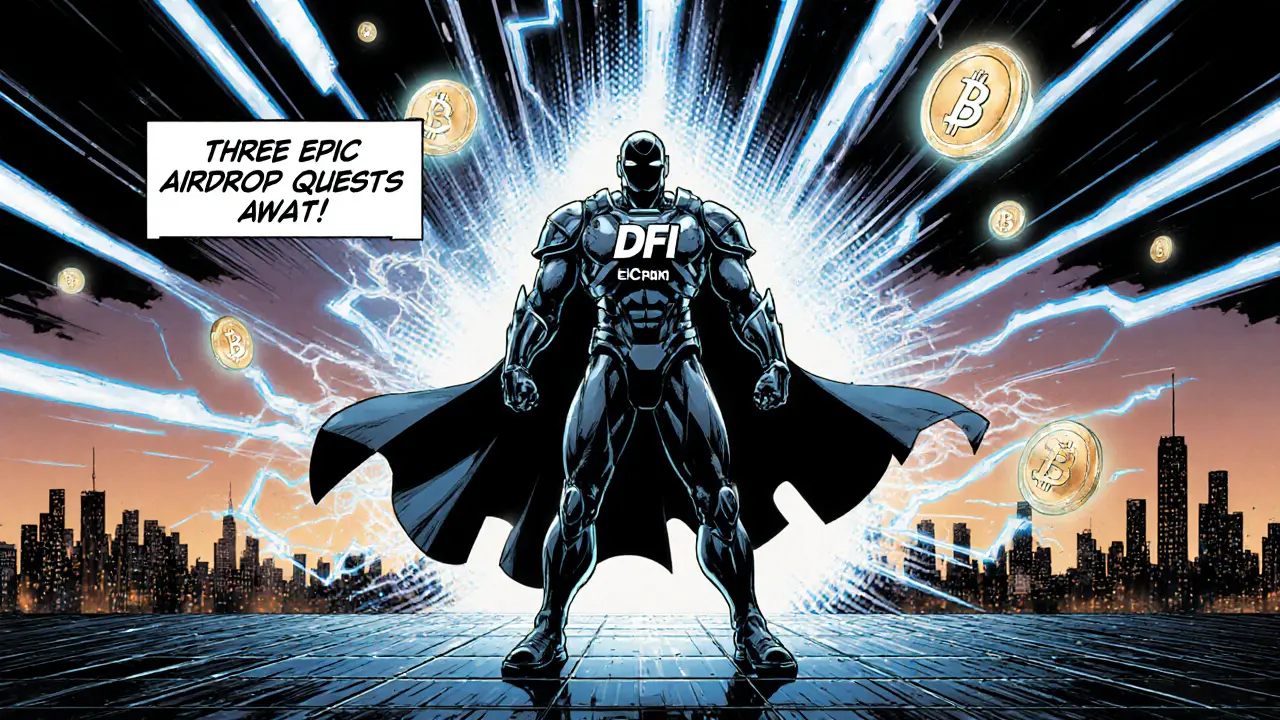DFI Token – Everything You Need to Know
When working with DFI token, the native governance token of the DeFiChain network. Also known as DFI, it empowers holders to vote on protocol upgrades, stake for block rewards and provide liquidity for a suite of decentralized finance services.
In the broader Decentralized Finance, often shortened to DeFi, the DFI token acts as the economic backbone that ties together lending, swapping and insurance products on a purpose‑built blockchain. DeFi eliminates the need for traditional banks, so the token’s utility directly influences how users earn yields, borrow assets and manage risk without a central intermediary.
Because DFI is a governance token, it grants voting rights on proposals ranging from fee adjustments to new feature rollouts. This governance layer creates a feedback loop: active community members drive protocol changes, and those changes affect token economics, which in turn shape future voting power. The token’s supply mechanics, staking rewards and burn rates are all decided through this democratic process.
Another practical angle is the role of airdrop campaigns that distribute DFI or related assets to early adopters and active community members. Airdrops serve as both marketing tools and decentralization boosters, encouraging wider participation and fostering a more resilient network. Understanding how to claim, hold and potentially sell airdropped tokens can add a significant upside for investors.
Why DFI Token Matters for Traders and Builders
From a trader’s perspective, DFI bridges price exposure to the entire DeFiChain ecosystem. Its price moves with network activity, staking demand and the success of DeFi products built on the chain. For developers, the token provides a built‑in incentive model that rewards smart‑contract creators and liquidity providers, making it easier to bootstrap new applications.
Regulatory considerations also shape DFI’s trajectory. Countries with strict crypto oversight, like Japan’s FSA, evaluate governance tokens under specific licensing frameworks, influencing how exchanges list DFI and how users can legally trade it. Keeping an eye on compliance trends helps both investors and projects avoid sudden delistings or legal hurdles.
All these pieces—DeFi utility, governance rights, airdrop incentives and regulatory outlook—form a network of relationships that determine DFI’s real‑world value. Below you’ll find a hand‑picked collection of articles that dig deeper into each area, from KYC compliance benefits for exchanges that list DFI to detailed reviews of platforms where you can stake or trade the token.
Ready to explore the specifics? The posts that follow break down the token’s mechanics, highlight the best ways to earn rewards, and warn about common pitfalls, giving you a solid foundation before you dive into the market.

